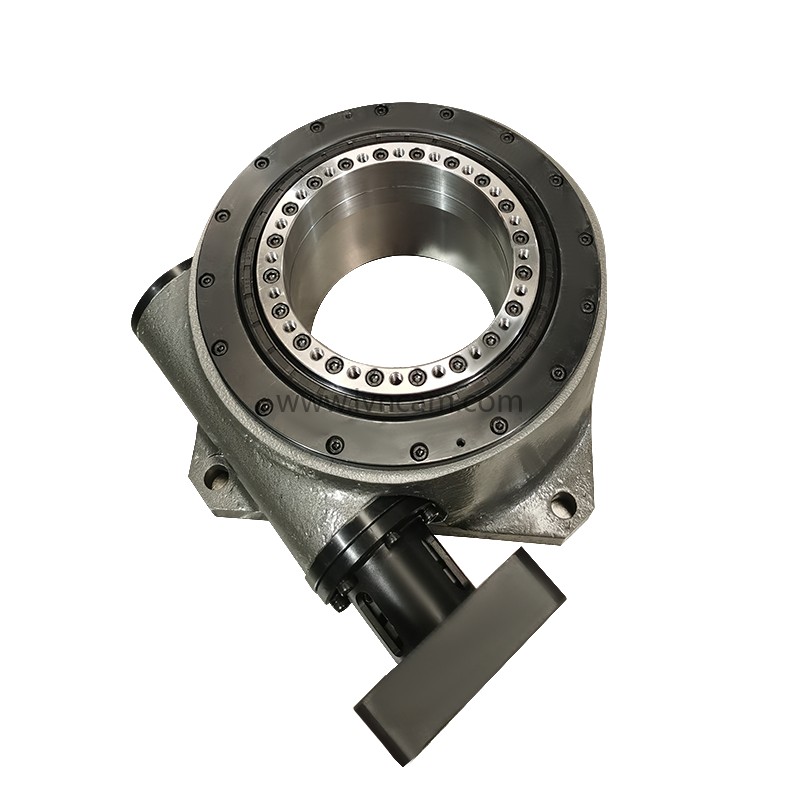
Manufacturing machine tools usually requires the following steps:
1. Design: First, a complete machine tool design plan is required, which includes determining the type and function of the machine tool, selecting suitable materials and components, and conducting mechanism and structure design.
2. Material selection and processing: According to the design plan, select suitable materials and carry out corresponding material processing and forming, such as forging, casting, stamping, etc.
3. Processing parts: According to the design drawings, the parts required for the machine tool are processed. This may involve milling, turning, drilling, grinding and other processes.
4. Assembly: Assemble the processed parts according to the design plan, including the installation of various mechanical transmission devices, electrical equipment, hydraulic systems, etc.
5. Debugging and testing: After assembly, the machine tool is debugged and tested to ensure the normal operation of each component and whether the overall performance and accuracy of the machine tool meet the requirements.
6. Quality inspection and improvement: Carry out quality inspection of machine tools, including dimensional measurement, functional testing, etc. If necessary, make improvements and optimizations based on the test results.
7. Delivery and after-sales service: Finally, the manufactured machine tools are delivered to the users and corresponding after-sales services are provided, such as maintenance and training.
The entire machine tool manufacturing process requires professional technology and equipment, and strict compliance with relevant standards and specifications to ensure that the quality and performance of the machine tools meet the requirements.
related articles
- 2024 Dragon Boat Festival Holiday Notice
- LN125R roller cam CNC turntable servo turntable real shot
- 180DT-4-270R LVNCAM cam divider real shot
- I wish that spring will be peaceful and prosperous, and that people on earth and in heaven will be safe and sound.
- 2024 Qingming Festival Holiday Notice
- Shandong Luning Precision Machinery Co., Ltd. wishes everyone a happy Lantern Festival.
- 110DT-8-270R-T30 cam divider input shaft extension motor plate
- Spring Festival Holiday Notice-Shandong Luning Precision Machinery Co., Ltd.
- Why are cam dividers so popular in production?
- What should we pay attention to when cleaning and maintaining the cam divider?
- Domestic brand cam dividers: good quality, low price and can meet high requirements
- LN170-36-24S 170 four-axis CNC rotary table four parallel use case
- L80DT-8-LN003 Customer Selection Case
- L60DF-6-LN002 flange type cam divider six positions
- L140DT-6-LN001 Shandong Luning Platform Desktop Intermittent Cam Divider Six-station Large Hollow

